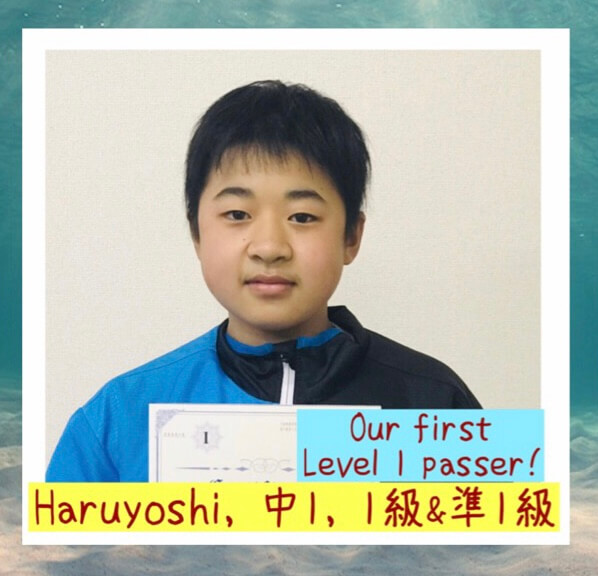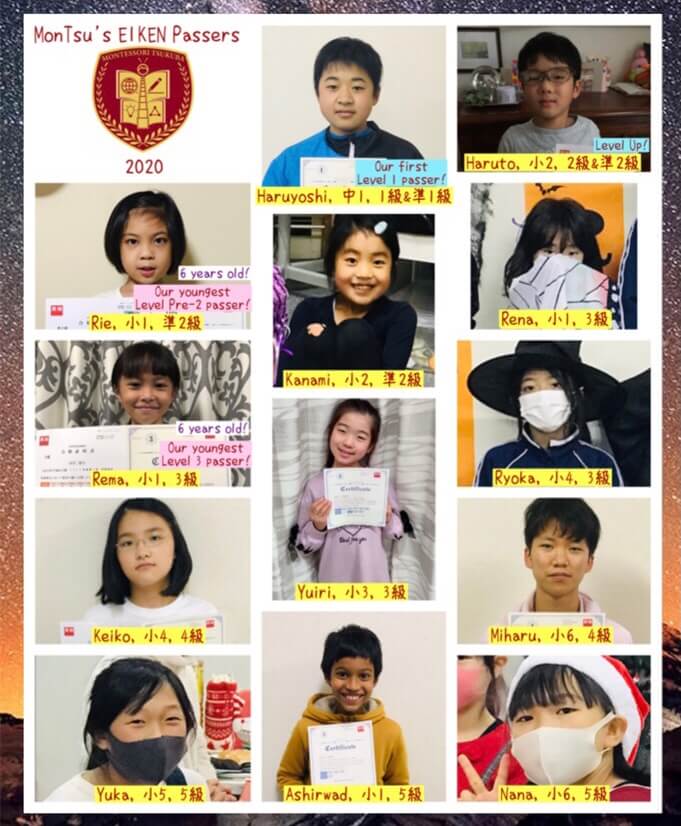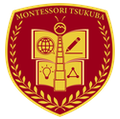The Montessori System of Education
Montessori is a revolutionary system of education that originated in Italy. It was founded in 1907 by Dr. Maria Montessori, Italy’s first female doctor.
As a system of education, it centers on the philosophy that “the child makes himself.”
This philosophy is best illustrated by the Montessori Learning Triangle, which is composed of three equally important parts: the child, the teacher, and the prepared environment.
The child, the prepared environment, and the teacher constitute what is called the Montessori Learning Triangle.
The Child
Every child from 0-6 years old has an absorbent mind that is unique in each sensitive period of his or her development. To respond to each of these sensitive periods, Dr. Maria Montessori meticulously created a nurturing place she called “the prepared environment.”
The child, once in the prepared environment, is allowed to “work” spontaneously without the intervention of an adult. While at work, repetition is permitted. A child can use the same material several times until his or her learning need for that material is fully satisfied. During work time, sometimes mistakes occur. A child who makes a mistake is not reprimanded. He or she is encouraged to learn from it instead. He or she is allowed to discover a way to correct his or her own mistakes. Adult intervention happens only when the need to demonstrate the right way to use a material arises. “Work” is essential for a learning child. Work provides learning opportunities, which in turn endows him or her experiences that gradually help him or her to eventually become independent.
The Prepared Environment (The Montessori Primary Classroom)
The Montessori prepared environment was designed to respond to the child’s needs based on his/her absorbent mind and the respective sensitive periods of his/her development.
It is organized around five curriculum areas: the Practical Life Area, the Sensorial Area, the Math Area, the Language Area and the Cultural Arts Area.
The Montessori classroom is child-centered, thus, all materials situated in their respective shelves are the right size for children and within the child’s reach.
The Montessori prepared environment invites the child to explore and learn through discovery rather than direct instruction. During work time, the child has the freedom to choose his or her materials to engage himself/herself with and is left to “work” uninterrupted. Each material in the prepared environment has a built-in “control of error,” which allows the child to discover his or her mistakes and correct them by himself or herself. It has been said that the prepared environment is the safest place for any child to make mistakes because in this space, no one reprimands him or her for committing one.
Because each material has its own control of error and the child has the freedom to choose and repeat work for mastery, he/she gradually develops independence and an understanding of freedom within limits. In this context, freedom within limits means that a child is free to select a material but is also responsible for its upkeep. He or she takes care of the material so that he or she can use it again. He or she takes care of the material also for the next user. In other words, freedom is exercised, but within the limits of appropriate behavior.
The materials in the prepared environment are not just multi-sensory and age-appropriate; all of them have only one specimen each. In other words, no two materials are the same. When a child is interested with one material, he/she learns to wait and be patient when another one is still using it. This helps the child develop social skills such as waiting for one’s turn and patience.
Moreover, children in the prepared environment are multi-aged.
This set-up enables them to help and learn from each other. Through this, children gradually develop empathy (older kids helping smaller ones get through some difficult tasks), camaraderie, and teamwork, among other things. Peace happens as a result. Once reinforced, children can carry this kind of values everywhere they go.
“There is a great sense of community within the Montessori classroom, where children of differing ages work together in an atmosphere of cooperation rather than competitiveness. There is respect for the environment and for the individuals within it, which comes through experience of freedom within the community.” — Maria Montessori
The prepared environment strongly encourages the child to follow the “cycle of work.” This means that a child gets a material of his or her choice, conscientiously works with it, and returns it in its proper place when done. This way, a child slowly develops discipline, order, and care for the environment.
A thoughtfully set-up Montessori prepared environment is endowed with diverse concrete materials designed to educate the whole child. This remarkable aspect is what sets Montessori apart from the traditional system. The prepared environment is designed in such a way that if used according to the Montessori principles, children would be able to reap the fruits of normalization (independence, concentration self-discipline, love of work, and joy) — the hallmark of a Montessori environment that is truly successful!
The Teacher
The teacher in the prepared environment is often called a directress or a director. She or he is the dynamic link between the child and the prepared environment. As the directress or director, she or he is responsible for preparing the environment, making sure that each material is appealing, neat, complete, functional, and in order.
It is also her or his duty to conduct three-period lessons, follow and observe each child, and help her or him achieve what Montessori calls the fruits of normalization.
“The greatest sign of success for a teacher is to be able to say, ‘The children are now working as if I did not exist.’ ” -Maria Montessori
After Maria Montessori introduced the success of her revolutionary system of education at Casa dei Bambini, it widely spread around Italy and all over the world. Undeniably, Montessori schools continue to flourish up to this day. But no matter where they are situated in the world, the authentic Montessori classrooms (prepared environment) look the same.
ACHIEVEMENTS
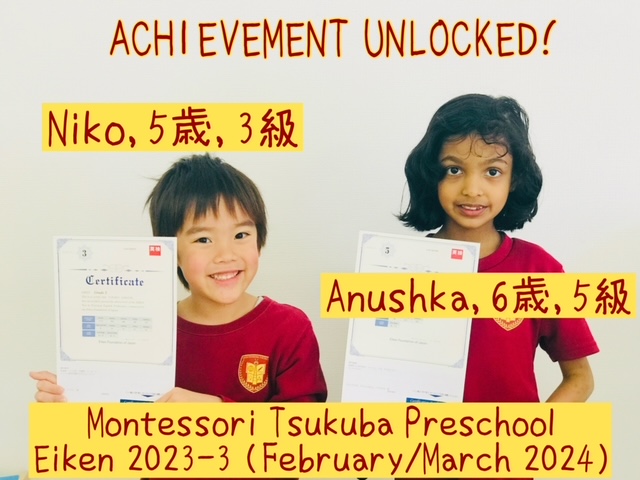
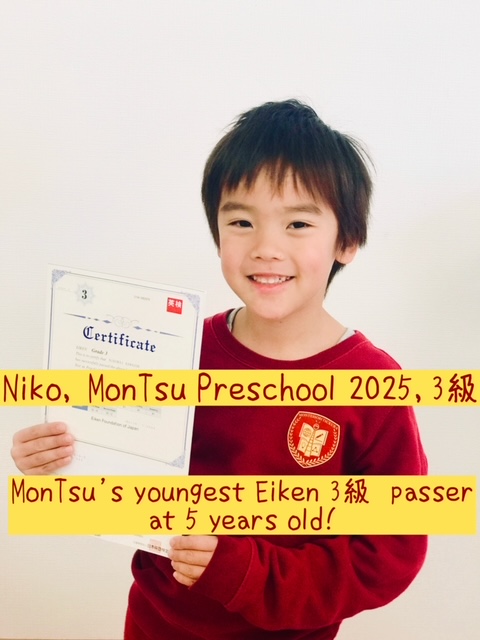
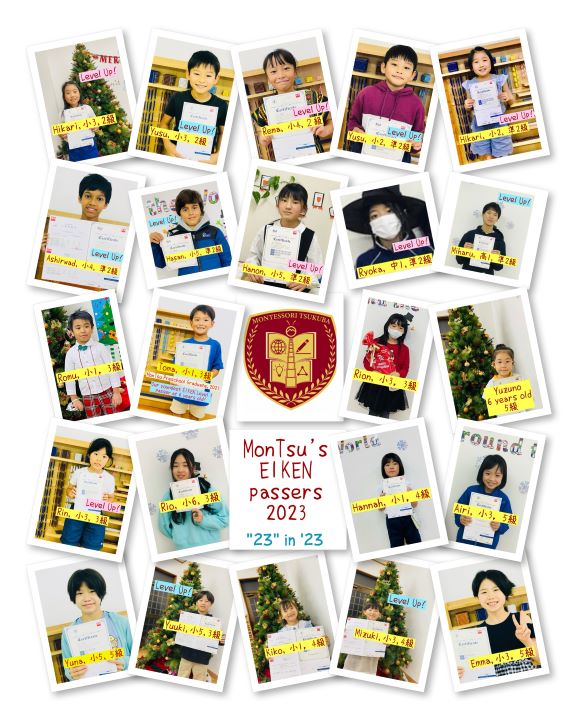
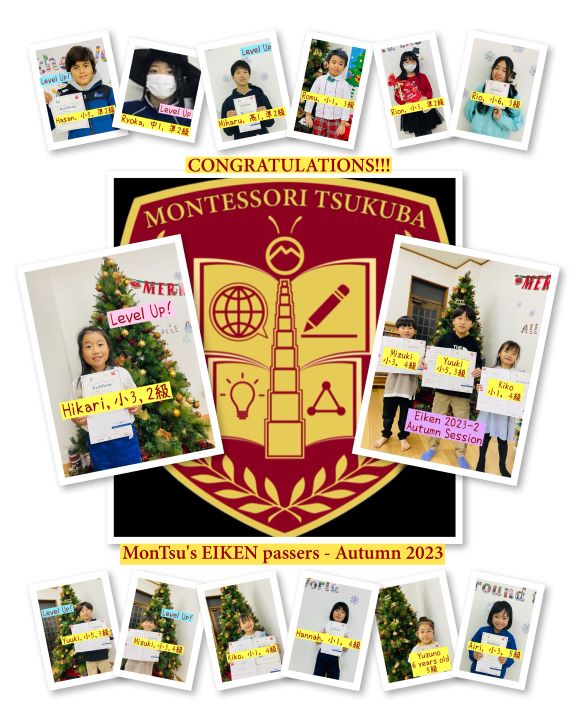
Team MonTsu @ The 5th TNUSS Cup 2023
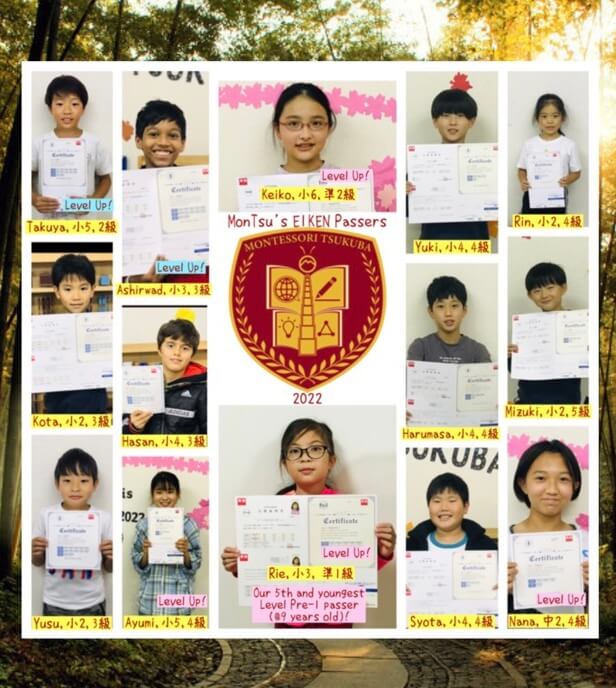
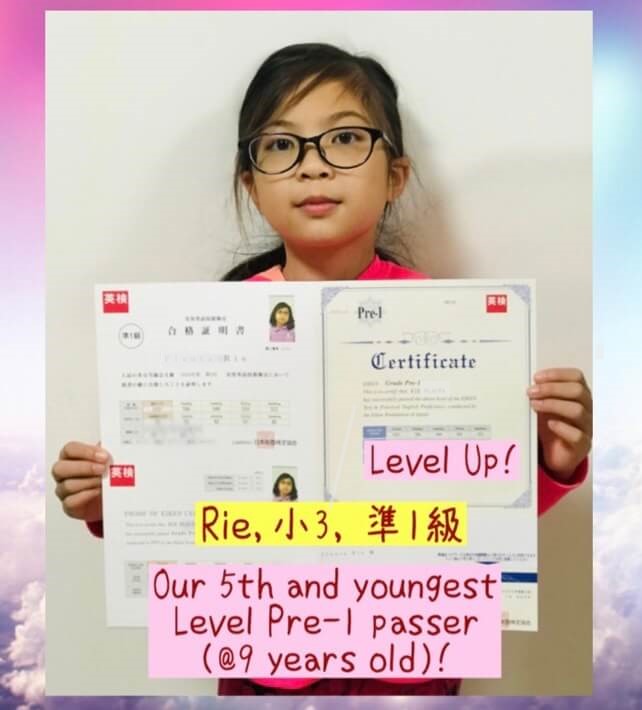
Team MonTsu @ The 4th TNUSS Cup 2022
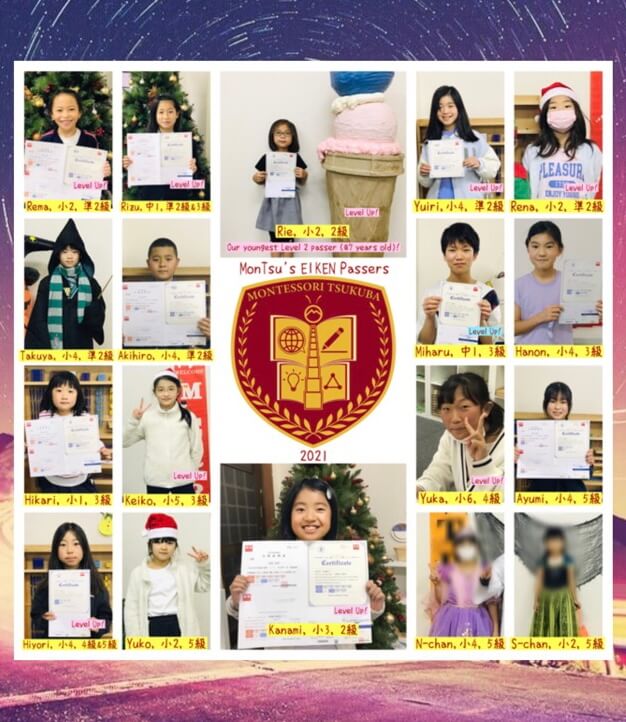
Team MonTsu @ The 3rd TNUSS Cup 2021
